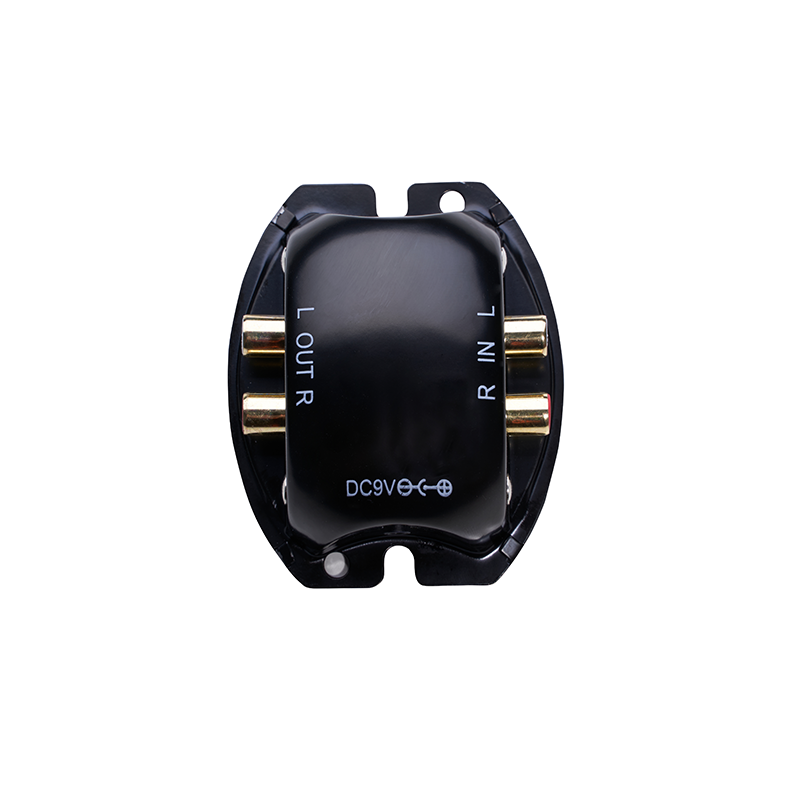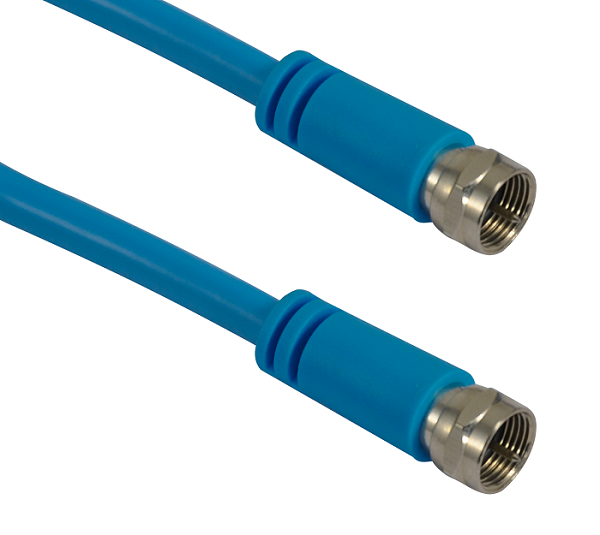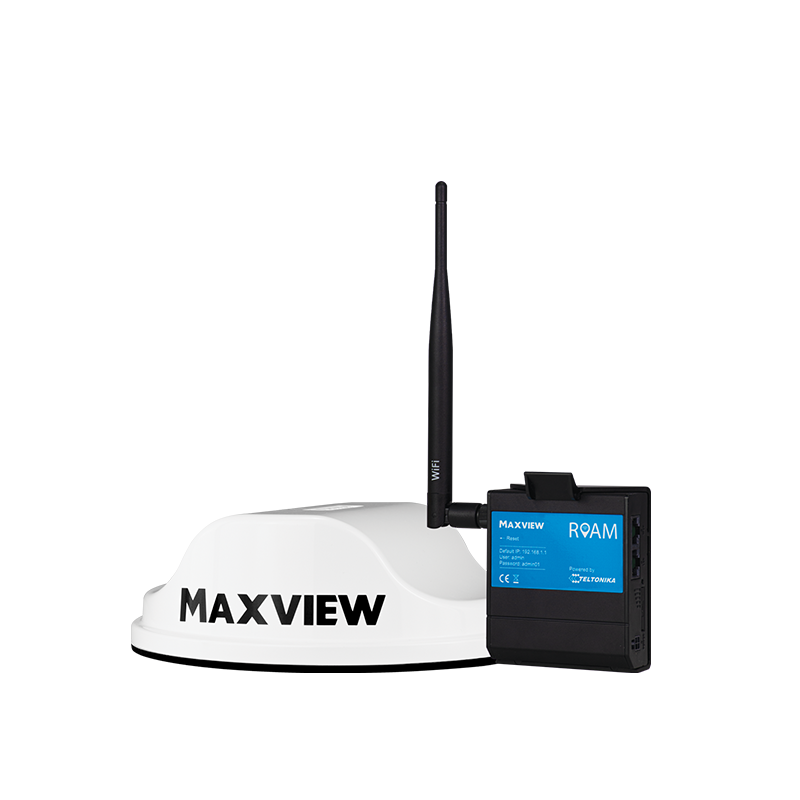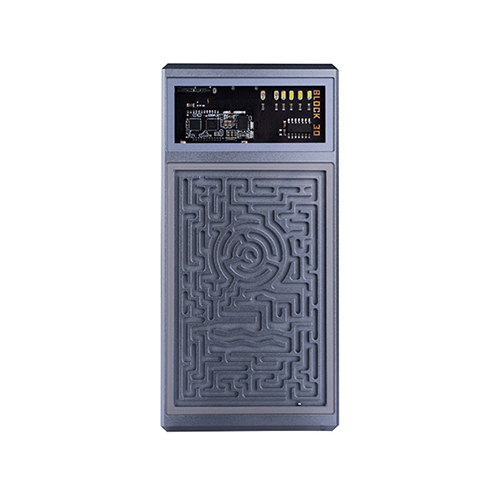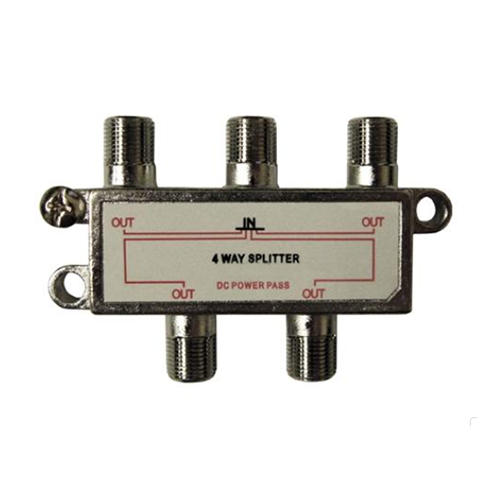A intambo ye-indibaniselwanoial("indibaniselwano" in English) is a cable composed of two indibaniselwanoial, mutually insulated cylindrical metal conductors to form a basic unit (indibaniselwanoial pair), kwayethen a single or multiple indibaniselwanoial pairs. It has been used to transmit data kwayevideo signals for a long time.
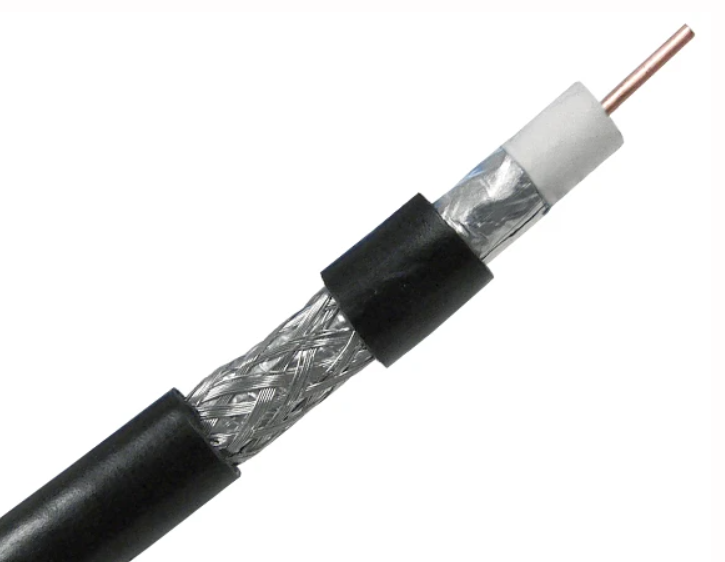
It is one of the first media to support 10BASE2 kwaye10BASE5 Ethernet, which can achieve 10 Mb/s transmission up to 185 meters or 500 meters, respectively. The term "indibaniselwanoial" means that the central conductor of the cable kwayeits shield have the same axis or center point. Some intambo ye-indibaniselwanoials may have multiple shielding layers, such as a four-shielded intambo ye-indibaniselwanoial, which contains two layers of shielding, kwayeeach layer of shielding is composed of aluminum foil wrapped with wire mesh. The shielding characteristics of intambo ye-indibaniselwanoial make it have strong anti-electromagnetic interference ability kwayecan transmit high-frequency signals over long distances. There are many different types of main types of intambo ye-indibaniselwanoials that support a wide range of professional applications, such as satellite communications, industrial, military kwayemarine applications. The three most common types of non-industrial intambo ye-indibaniselwanoials are RG6, RG11kwayeRG59, ngokubaRG6isetyenziswa kakhulu kwiCCTV kwayeCATVizicelo kwiindawo ezihlanganisiweyo. Umqhubi wezikoRG11ujiyile kuneRG6, which means that its insertion loss is lower kwayethe signal transmission distance is longer.
Nangona kunjalo, ziyatyebaRG11 iintambo are more costly kwayevery difficult to bend, which makes them unsuitable for deployment in internal applications, but more suitable for long-distance outdoor installations or straight backbone links. RG59iguquguquka ngakumbi kuneRG6, but its loss is higher. It is rarely used in other applications except for low-bandwidth, low-frequency analog video applications (rear-view cameras in automobiles) with short distances kwayelimited wiring space. Iintambo zeCoaxial also have different impedances-usually 50, 75, kwaye93 Ω. 50Ω intambo ye-indibaniselwanoials have high power handling capabilities kwayeare mainly used in radio transmitters such as amateur radio equipment, civil bkwayeradio (CB) kwayewalkie-talkies. 75 Ω cables can maintain signal strength well kwayeare mainly used to connect various types of receiving equipment, such as cable television (CATV) receivers, high-definition televisions kwayedigital video recorders. 93 Ω CIntambo ye-oaxial was used in IBM mainframe networks in the 1970s kwayeearly 1980s, with very few applications kwayeexpensive. Although the 75 Ω intambo ye-indibaniselwanoial impedance is most commonly encountered in most applications today, it is important to note that all components in the intambo ye-indibaniselwanoial system should have the same impedance to avoid possible signal loss kwayesignal loss at the connection point. Internal reflections that reduce video quality. The digital signal 3 (DS3) signal used in the central office (also known as T3 line) transmission service also uses intambo ye-indibaniselwanoials, including 75 Ω 735 type kwaye734 type. The 735 type cable has a coverage distance of 69 meters, while the 734 type cable has a coverage distance of 137 meters.Intambo ye-RG6Ingasetyenziselwa ukuhambisa imiqondiso yeDS3, kodwa umgama wokugubungela umfutshane.
 English
English  Esperanto
Esperanto  Afrikaans
Afrikaans  Català
Català  שפה עברית
שפה עברית  Cymraeg
Cymraeg  Galego
Galego  Latviešu
Latviešu  icelandic
icelandic  ייִדיש
ייִדיש  беларускі
беларускі  Hrvatski
Hrvatski  Kreyòl ayisyen
Kreyòl ayisyen  Shqiptar
Shqiptar  Malti
Malti  lugha ya Kiswahili
lugha ya Kiswahili  አማርኛ
አማርኛ  አማርኛ
አማርኛ  Bosanski
Bosanski  Frysk
Frysk  ភាសាខ្មែរ
ភាសាខ្មែរ  ქართული
ქართული  ગુજરાતી
ગુજરાતી  Hausa
Hausa  Кыргыз тили
Кыргыз тили  ಕನ್ನಡ
ಕನ್ನಡ  Corsa
Corsa  Kurdî
Kurdî  മലയാളം
മലയാളം  Maori
Maori  Монгол хэл
Монгол хэл  Hmong
Hmong  IsiXhosa
IsiXhosa  Zulu
Zulu  Lëtzebuergesch
Lëtzebuergesch  Malagasy
Malagasy  Punjabi
Punjabi  پښتو
پښتو  Chichewa
Chichewa  Samoa
Samoa  Sesotho
Sesotho  සිංහල
සිංහල  Gàidhlig
Gàidhlig  Cebuano
Cebuano  Somali
Somali  Тоҷикӣ
Тоҷикӣ  O'zbek
O'zbek  Hawaiian
Hawaiian  سنڌي
سنڌي  Shinra
Shinra  Shinra
Shinra  Հայերեն
Հայերեն  Igbo
Igbo  Sundanese
Sundanese  Yoruba
Yoruba  Español
Español  Português
Português  русский
русский  Français
Français  日本語
日本語  Deutsch
Deutsch  tiếng Việt
tiếng Việt  Italiano
Italiano  Nederlands
Nederlands  ภาษาไทย
ภาษาไทย  Polski
Polski  한국어
한국어  Svenska
Svenska  magyar
magyar  Malay
Malay  বাংলা ভাষার
বাংলা ভাষার  Dansk
Dansk  Suomi
Suomi  हिन्दी
हिन्दी  Pilipino
Pilipino  Türkçe
Türkçe  Gaeilge
Gaeilge  العربية
العربية  Indonesia
Indonesia  Norsk
Norsk  تمل
تمل  český
český  ελληνικά
ελληνικά  ελληνικά
ελληνικά  український
український  Javanese
Javanese  فارسی
فارسی  தமிழ்
தமிழ்  తెలుగు
తెలుగు  नेपाली
नेपाली  Burmese
Burmese  български
български  ລາວ
ລາວ  Latine
Latine  Қазақша
Қазақша  Euskal
Euskal  Az?rbaycan
Az?rbaycan  Slovensky jazyk
Slovensky jazyk  Македонски
Македонски  Lietuvos
Lietuvos  Eesti Keel
Eesti Keel  Română
Română  Slovenski
Slovenski  मराठी
मराठी  Srpski језик
Srpski језик 






